
 |
|
|
Nursery & Forest
Volume 60 Number 5 Date 05/21/2015 SPIDER MITE - Minor damage to a variety of ornamentals was observed during greenhouse inspections in Milwaukee, Washington and Vilas counties. Symptoms of mite injury vary according to species and the host plant infested, but usually include stippling, bronzing, mottling and chlorosis of leaves. The species most commonly found in greenhouse settings are the two-spotted spider mite and cyclamen mite. Control of these mites and others depends heavily upon an understanding of their biology, so distinguishing between mite species is important. THRIPS - DATCP nursery inspectors noted thrips injury on brachyscome, gerbera, lobelia and tradescantia at garden centers in Milwaukee and Washington counties. Thrips feeding results in stippled, silvery or bleached foliage and, in severe cases, yellowing and leaf drop. Due to their small size, thrips are often difficult to detect until feeding damage has become severe. As with spider mites, control requires accurate identification of the species involved. BLACK SPOT ON ROSE - Symptoms of this fungal disease were observed on rose plants at garden centers in Oneida and Vilas counties. Diagnostic features are small, round black spots with feathery margins on the leaf surface that enlarge and cause foliage to turn yellow and drop prematurely. The black spots first appear on expanding lower leaves during wet weather, but eventually spread to the entire plant. Development of this rose disorder is favored by humid, wet conditions and can be alleviated by increasing air circulation and removing infected leaves and fallen debris. POWDERY MILDEW - Chenille plants at a garden center in Washington County were infected with this very common fungal problem of ornamentals, characterized on most plants by its grayish white powdery dusting on the upper leaves. This disease is favored by high humidity and wet weather. Reducing humidity levels and increasing air circulation will help to alleviate the problem. Fungicidal control is usually not necessary as this disease is largely a cosmetic concern. -- Ellen Hermanson, DATCP Nursery Inspector HAIL DAMAGE - Damage from a severe hailstorm last September is now becoming apparent in Sawyer County as evergreen trees break dormancy. Numerous pines, firs, spruces and cedar trees were affected during the event when large hail stones abraded northwest-facing stems and branches, creating small to moderately-sized wounds and injuring conductive tissue. Thinner-barked species such as arborvitae, balsam fir and white pine generally sustained more injury than Colorado blue spruce and other thicker-barked trees. Symptoms of hail damage may resemble winter burn, but can be differentiated by abrasions or scars on the upper side of branches and on the side of the trunk facing the storm. Trees damaged by hail recover slowly and are at increased risk of secondary attack by insects and decay-causing fungi. -- Tim Allen, DATCP Nursery Inspector EMERALD ASH BORER - The annual EAB trapping survey has started in advance of beetle emergence, which typically begins when the black locust tree is in full bloom, or around 450 growing degree days (base 50°F). Approximately 900 purple traps will be set this year, primarily in the 41 counties where EAB has not yet been found. Survey locations include high-risk sites such as campgrounds, recreation areas, major transportation arteries, firewood dealers and sawmills. The traps are baited with an attractant and coated with a sticky material that lures and captures adult beetles during the 10-week adult flight period. -- Renee Pinski, DATCP Forest Entomologist 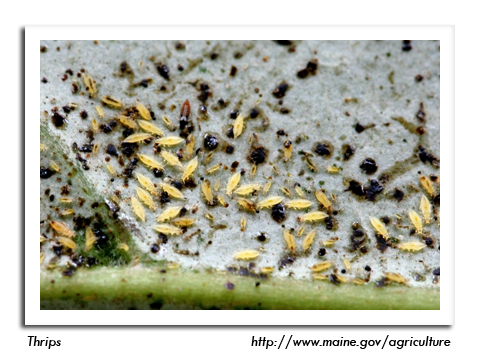
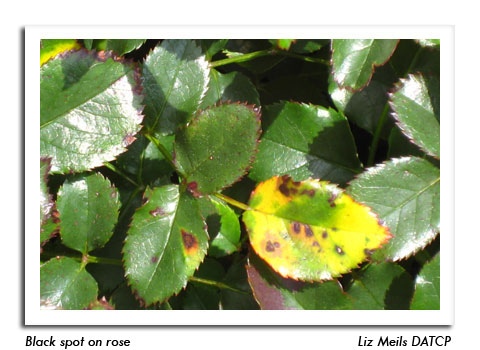
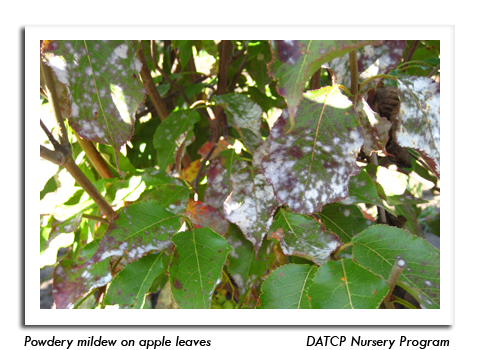
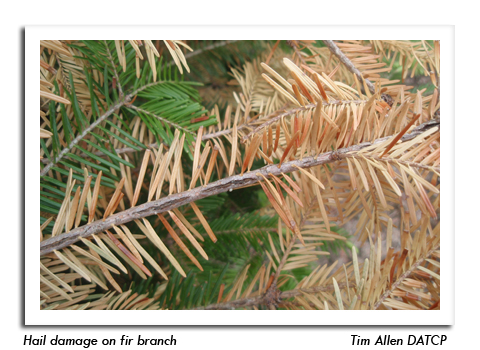
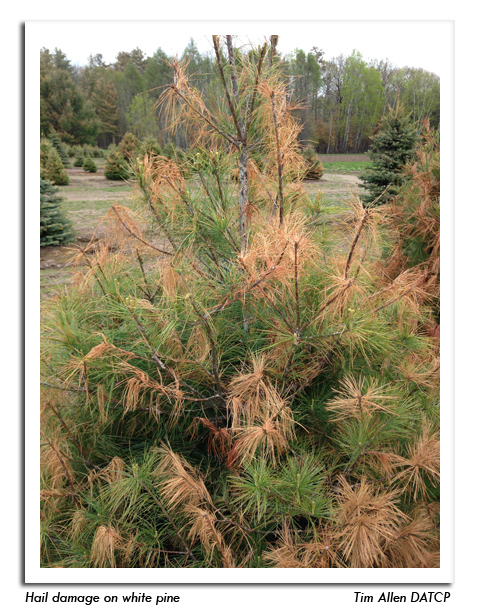

|
|
|